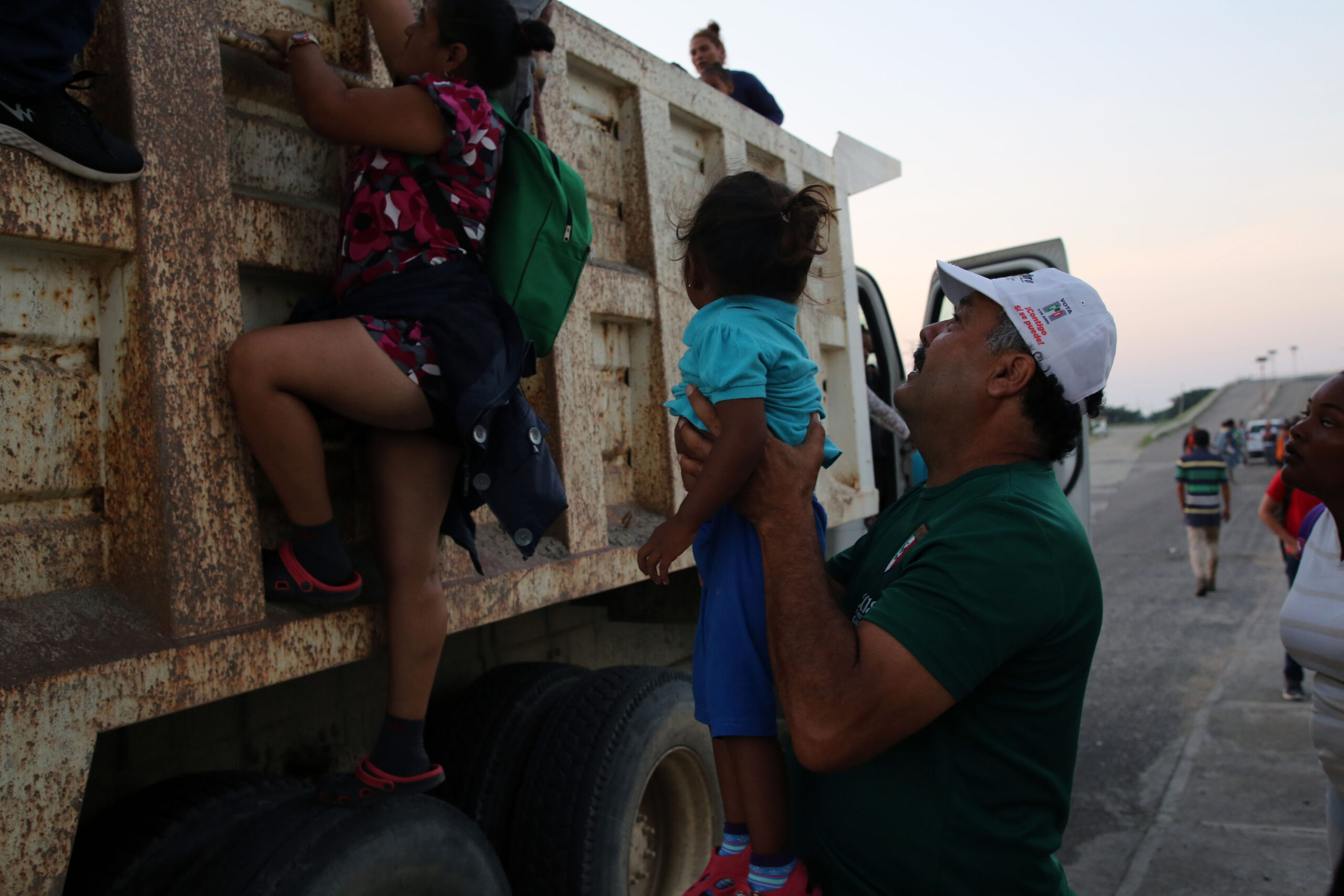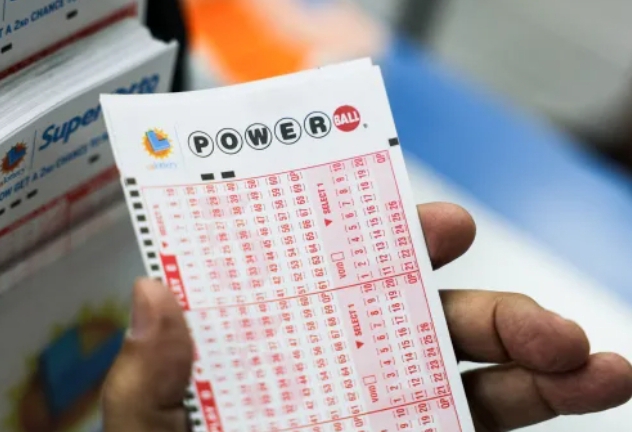
www.thecollector.com
How One of Napoleon’s Most Trusted Generals Turned Into a Rival
Few French officers during the height of the French Revolutionary Wars in the mid-1790s were as famous, popular, and accomplished as Jean Victor Moreau. However, he would soon be eclipsed by a young general named Napoleon Bonaparte. Unlike some French revolutionary officers in the early 1790s, Moreau remained committed to the republican cause and became Napoleon’s friend and close associate. Nevertheless, Moreau’s relationship with Napoleon’s opponents ultimately resulted in his arrest and exile from France. After several years of exile in the US, Moreau returned to Europe to fight against Napoleon.
Jean Victor Moreau: A Revolutionary General
General Jean Victor Moreau, by François Gérard, c. 1797. Source: Wikimedia Commons/Château de Versailles
Moreau was born in the region of Brittany in February 1763. His father was a prominent lawyer who insisted that his son pursue the same profession. Young Jean Victor studied law at the University of Rennes. However, Moreau longed to pursue a military career.
Fortunately for Moreau, the outbreak of the French Revolution in 1789 put his studies on hold and presented an opportunity to join the army. His firm republican attitudes and leadership abilities catapulted Moreau from a humble volunteer to a general by 1793.
Just as a young Napoleon would do a few years later, Moreau was rapidly promoted in the ranks of revolutionary France’s army. Indeed, by 1795, Moreau became the commander of France’s Army of the Rhine and Moselle.
As commander of the Army of the Rhine and Moselle, Moreau crossed the Rhine and fought the Austrians in Germany. According to historian Gregory Fremont-Barnes, Austria was revolutionary France’s most dangerous enemy. Indeed, France’s government, the Directory, focused their war aims in 1795-1796 on defeating Austria (2001, 9).
As a result, Moreau’s army was one of three French forces arrayed against Austria in the 1796 campaign. A young Napoleon received his first command as the head of the third and smallest of these French forces, the Army of Italy. As historian Gunther Rothenburg notes, although initially meant to be a sideshow, Napoleon’s Army of Italy won a series of legendary battles in 1796-1797 that dramatically changed the war against Austria (1999, 47).
Brumaire: Napoleon’s Rise to Power
Napoléon Bonaparte in the coup d’état of 18 Brumaire VIII (9 November 1799), by François Bouchot, 1840. Source: Wikimedia Commons/Château de Versailles
Moreau was transferred to command in Italy upon the renewal of hostilities with Austria in 1799. With Napoleon campaigning in Egypt, French forces in Italy were left to fight the Austrians and their Russian allies without the general who had won the brilliant campaign of 1796-1797.
Led by the brilliant Russian commander, Field Marshal Alexander Suvorov, the Russian and Austrian forces scored multiple victories over Moreau and other French commanders in Italy and Switzerland. Historian Christopher Duffy notes that Suvorov praised Moreau as a worthy opponent. Suvorov remarked, “To beat Moreau—that would be something worth doing” (1999, 70).
With little hope of victory after the loss of the French fleet at the Battle of the Nile and French reversals in Italy, Napoleon made a daring escape from Egypt to return to France in the fall of 1799. Napoleon and a group of conspirators orchestrated the Directory’s collapse in the so-called Brumaire Coup in November 1799. At first, some conspirators wanted Moreau to lead the new government, but the general declined.
Historian William Doyle notes that Brumaire dismantled the French revolutionary government and installed Napoleon as the country’s ruler. Indeed, Napoleon proclaimed to the French public that the Revolution had ended (2001, 98).
Andrew Roberts notes that Moreau played a role in Brumaire by arresting some of the Directory’s members (2014, 219-220).
At this point, Moreau was wealthy and popular with the French public and Napoleon. He married a friend of Napoleon’s wife, Josephine, Eugénie Hulot (1781-1821). This also brought Moreau closer to Napoleon’s circle.
Moreau’s Finest Hour: The Battle of Hohenlinden, December 1800
Battle of Hohenlinden, December 3, 1800, by Henri Frédéric Schopin, 1836. Source: Wikimedia Commons/Château de Versailles, Galerie des Batailles
Napoleon won a brilliant victory over an Austrian army in northern Italy at Marengo in June 1800. French forces recovered much of the territory in Italy lost to Austria during Suvorov’s Austro-Russian invasion of 1799. However, Austria had not yet been knocked out of the war against France. Indeed, negotiations between Austrian and French diplomats collapsed by mid-November.
As a result, Fremont-Barnes explains that French and Austrian forces prepared to face off along the Rhine in Germany. Moreau commanded French troops in the region, while Archduke John led the Austrian army. The two armies met amid the Hohenlinden forest, about 20 miles outside the Bavarian capital of Munich (2001, 92).
Between December 2-3, 1800, Archduke John launched an attack on Moreau’s center, commanded by future Napoleonic marshal Michel Ney. Meanwhile, French troops attacked and routed the Austrian left. As a result, Archduke John was forced to retreat at the cost of roughly 18,000 casualties.
Although Archduke Charles assumed command of Austrian forces, Vienna had little enthusiasm to continue fighting. Before the year’s end, the Austrians agreed to an armistice and prepared for peace with France.
Hohenlinden proved to be Moreau’s most significant victory. Fremont-Barnes points out it was also the last major land battle of the French Revolutionary Wars (2001, 92). Andrew Roberts notes that Napoleon wrote to Moreau shortly after receiving news of the French victory. A proud Napoleon told Moreau the “wretched Austrians…were not yet acquainted with you. I salute you affectionately” (2014, 286).
Jean Victor Moreau: Anti-Napoleonic Conspirator?
The Arrest of Georges Cadoudal, artist unknown, 19th century. Source: Wikimedia Commons/Gallica Digital Library
While Napoleon applauded Moreau’s victory, the hero of Hohenlinden would soon become a potential political rival.
Now firmly in power as First Consul, Napoleon distanced himself from some of the Revolution’s changes to French society. For example, Napoleon reconciled with the Roman Catholic Church in an arrangement with the Pope, the Concordat, in 1801.
The Concordat was deeply unpopular within the French military. For instance, Andrew Roberts notes that Moreau disobeyed Napoleon’s order to attend the first mass since the French Revolution at Notre Dame. Instead, Roberts says Moreau stood on a terrace at the Tuileries Palace smoking a cigar (2014, 274). By this point, Moreau had reservations about Napoleon’s power and increasing conservatism.
Moreau’s accomplished career and popularity kept his name in circulation as a possible replacement for Napoleon. Indeed, several plots and conspiracies were directed against Napoleon as he assumed greater power, including the title of emperor in 1804.
The most famous of these plots against Napoleon is known as the Cadoudal conspiracy. This plot is also remembered for the roles of French generals, including Moreau and Charles Pichegru. French royalists like Georges Cadoudal and Pichegru worked with British intelligence on a plot to kidnap Napoleon in 1803.
In January 1804, British forces landed Pichegru and several conspirators in France. Pichegru met Moreau and attempted to enlist his support to topple Napoleon. Andrew Roberts points out that although Moreau did not actively support the plot, his failure to alert Napoleon and the authorities made him complicit (2014, 336).
Exile in America: Moreau the Celebrity
Jean-Victor Moreau, drawing by Charles Balthazar Julien Févret de Saint-Mémin, c. 1806-1811. Source: Wikimedia Commons/Metropolitan Museum of Art, New York
The main conspirators were arrested by February 1804. Moreau was also arrested that month and sent to the notorious Temple Prison in Paris.
Moreau skillfully professed his innocence during his trial. Indeed, as Andrew Roberts notes, the evidence against Moreau was circumstantial and based on hearsay, as he did not write down anything compromising (2014, 346). While Moreau initially received a jail sentence, Napoleon altered the punishment to exile in the United States. Cadoudal and several other conspirators were executed in June 1804.
The Duc D’Enghien, a cousin of the ill-fated King Louis XVI, was also less fortunate than Moreau. Indeed, Napoleon controversially had the French royal abducted from his home in the neutral German state of Baden and imprisoned in France.
D’Enghien’s only crime was to be a prominent member of France’s royal family who lived close enough to Paris to be plausibly involved with a plot against Napoleon’s life. Andrew Roberts points out that D’Enghien’s execution shocked the courts of Europe and angered many in France, who considered it an example of Napoleon’s abuse of power (2014, 338).
Moreau traveled to New York and soon purchased a home in the Philadelphia area. He soon settled into life as a celebrity in the United States. Indeed, many pamphlets and books appeared touting the exploits of the famous republican military hero who helped save the French Revolution.
Moreau Against Napoleon: The Campaign of 1813 in Germany
Portrait of Imperator Alexander I of Russia, by Stepan Shchukin, 1808. Source: Wikimedia Commons/Pavlovsk Palace, Saint Petersburg, Russia
Napoleon’s disastrous 1812 campaign in Russia galvanized France’s rivals to form a new coalition. Bankrolled by Britain, the Sixth Coalition included Austria, Russia, Prussia, Sweden, Spain, Portugal, and several small German and Italian states.
News of Napoleon’s defeat in Russia prompted Moreau to leave the United States and return to Europe. Tsar Alexander I invited Moreau to join his staff as an advisor in the Imperial Russian army. Although Moreau had been offered a position in the US army, he accepted Tsar Alexander’s offer and joined the war against Napoleonic France.
Despite France’s staggering losses in Russia, Napoleon quickly replenished his forces to meet the forces of the Sixth Coalition. Historian Digby Smith points out that the rapid reconstruction of the French army reflected Napoleon’s excellent organizational skills and that France could rely on considerable numbers of troops conscripted from across its satellite states in Europe (2010, 10).
This reorganized French force would take the field against the Sixth Coalition during the summer and fall of 1813 in Germany.
The Battle of Dresden, 1813
Battle of Dresden colored lithograph, by Antoine Charles Horace Vernet (called Carle Vernet) and Jacques François Swebach, c. early 19th century. Source: Wikimedia Commons
Historian Peter Hofschroer points out that Dresden was Napoleon’s lone great victory of the 1813 campaign in Germany. Moreover, it was one of his final significant victories as a battlefield commander (1993, 44).
The Allied army of the Sixth Coalition led by the Austrian general Karl Philipp, Prince of Schwarzenberg fought Napoleon’s troops over two bloody days in late August 1813 at Dresden.
During the battle’s second day on August 27, 1813, Tsar Alexander asked Moreau’s advice as they surveyed the battlefield from Racknitz Heights. Moreau suggested a plan of attack, and Alexander ordered a courier to send orders to Russian commanders.
However, historian J.P. Riley notes that Napoleon ordered French artillery to concentrate their fire on a group of riders on Racknitz Heights (2001, 140). The riders happened to include Tsar Alexander and Moreau. The first shot of French artillery struck Moreau in the legs. Alexander’s surgeon quickly amputated Moreau’s legs, but the wound proved fatal. Moreau died five days later at the age of 50. Riley points out that Moreau’s mortal wounding sapped Tsar Alexander’s will to continue the fight. As a result, he lobbied fellow Allied commanders to retreat (2001, 143).
Despite heavy losses, the Allied army managed to retreat into Bohemia to fight another day. As Hofschroer explains, Dresden had been a significant victory but not a total victory for Napoleon (1993, 51). Napoleon would suffer one of his worst defeats in October 1813 at the Battle of Leipzig.
Jean Victor Moreau’s Legacy
Commemorative Medal depicting Jean-Victor Moreau, by François Augustin Caunois, 1819. Source: Wikimedia Commons/Musée Carnavalet, Histoire de Paris, Paris
Moreau was buried in the Catholic Church of St. Catherine in St. Petersburg. However, his heart was later buried next to his wife in Bordeaux.
While Moreau was mortally wounded fighting against France at the 1813 Battle of Dresden, he is remembered as an accomplished French general.
Indeed, many historians regard his victory at Hohenlinden as one of the most important of revolutionary France’s triumphs during the French Revolutionary Wars.
Despite his republican sympathies, Moreau’s hostility to Napoleon and victories were enough to earn the posthumous rank of Marshal of France from King Louis XVIII.
References and Further Reading
Doyle, W. (2001). The French Revolution: A Very Short Introduction. Oxford University Press.
Duffy, C. (1999). Eagles Over the Alps: Suvorov in Italy and Switzerland. Emperor’s Press.
Fremont-Barnes, G. (2001). The French Revolutionary Wars. Osprey.
Hofschroer, P. (1993). Leipzig 1813: The Battle of the Nations. Osprey.
Riley, J.P. (2001). Napoleon and the World War of 1813: Lessons in Coalition Warfighting. Cass.
Roberts, A. (2014). Napoleon the Great. Penguin.
Rothenburg, G. (1999). The Napoleonic Wars. Cassell.
Smith, D. (2010). Armies of 1812. Spellmount.

















